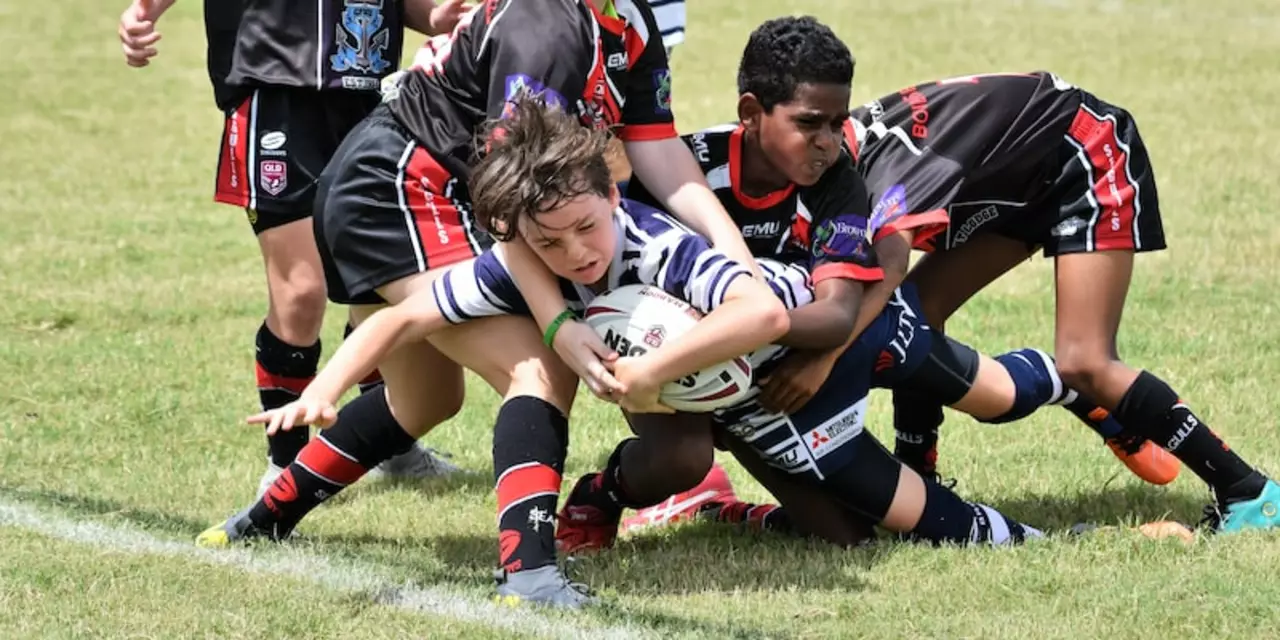Understanding Rugby Counts: Why Numbers Matter on the Pitch
Ever wonder why fans obsess over tries, tackles, and caps? Those numbers aren't just trivia – they tell the story of a match, a season, and a player's legacy. If you’re new to rugby stats, or just want a quick refresher, this guide breaks down the most useful counts and shows you how to use them.
Key Counts Every Fan Should Know
First up, the basics. Tries are the most exciting way to score, and they add five points each. Conversions follow a try and can add two more if the kicker nails the goal. Then there are penalty goals and drop goals, each worth three points. Knowing these four numbers lets you calculate any team's total score at a glance.
Next, look at tackle counts. A high tackle count usually means a player is working hard in defense, while a low count might signal that the opposition is keeping the ball away. Turnovers are another useful metric – they show how often a team regains possession, often turning defense into attack.
Don’t forget caps. A cap is awarded each time a player represents their country, and it’s a badge of experience. When you hear someone called a "100‑cap veteran," you instantly know they’ve been at the top level for a long time.
How to Track and Use Counts
Want to start tracking counts for your favourite team? Grab a notebook or use a simple spreadsheet. List the match date, opponent, and then create columns for tries, conversions, penalties, drops, tackles, turnovers, and caps earned. Fill in the numbers as the game progresses – most live‑score apps already show tries and points, but you’ll need a bit of observation for tackles and turnovers.
Once you have a handful of matches logged, patterns emerge. Maybe your side scores a lot of tries but struggles with conversions – that points to a kicking weakness. Or perhaps a particular player consistently wins the most turnovers; that’s a clue about who to watch for defensive impact.
Use these insights to fuel discussions on forums, social media, or with friends at the pub. Saying, "Wales have a 75% conversion rate this season, but they’re dropping to 60% against Ireland" sounds a lot smarter than just bragging about the win.
Beyond personal use, counts drive coaching decisions. Coaches analyze tackle counts to decide if a back‑row needs to improve its work rate, or they look at line‑out success percentages when selecting lock forwards. Understanding the numbers gives you a glimpse into the strategic side of rugby that most casual fans miss.
Finally, remember that counts are only part of the picture. A team might have fewer tackles but dominate possession, or a player could have a low turnover count because the opposition never gave them the ball. Blend the stats with what you see on the field for a balanced view.
So next time you watch a match, keep an eye on the scoreboard, but also track the counts that matter to you. Whether you’re a budding analyst, a die‑hard supporter, or just curious, these numbers will make the game richer and more exciting.

How many rugby players are on the field?
- Feb, 16 2023
- 0
Rugby is a popular sport with teams of 15 players on each side. The forwards and backs, who make up the team, play in different areas of the field. The forwards are typically the larger players and are responsible for the majority of the physical contact; they are also responsible for gaining possession of the ball and driving it forward. The backs, who are generally smaller in size and weight, are responsible for controlling the ball and running it towards the goal. Each team is allowed up to 8 substitutes, which can be used to replace players who are injured or fatigued, or to bring on fresh players.
Categories
- Sports (5)
- World News (5)
- Entertainment (4)
- Sports and Recreation (3)
- Sports Commentary and Analysis (2)
- Sports Analysis (2)
- Sports History (1)
- Sports and Culture (1)
- Sports and Fitness (1)